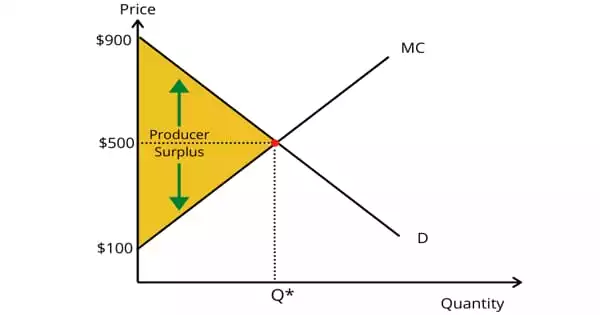Cost-Benefit Analysis
Cost-benefit analysis (CBA) can be explained as a procedure for estimating all costs involved and possible profits to be derived from a business opportunity or proposal. It is sometimes called benefit costs analysis (BCA). The goal of CBA is to determine which option returns the optimal ratio of benefits to costs, therefore solve the issue regarding opportunity cost.
The idea of this economic accounting originated with Jules Dupuit, a French engineer whose 1848 article is still worth reading. The British economist, Alfred Marshall, formulated some of the formal concepts that are at the foundation of CBA. But the practical development of CBA came as a result of the impetus provided by the Federal Navigation Act of 1936.
The cost-benefit analysis is largely employed when estimating the cost of a transaction compared to the benefits derived, seeking to determine the optimum approach to achieve benefits. When it comes to monetary decisions, the cost-benefit analysis estimates the monetary value of the costs, and the monetary value of the benefits, and compares them to evaluate whether the decision is worth taking. To be comparable, though, all aspects of a project should be expressed in the same unit, most likely money.
Cost-benefit analysis (CBA) has two main applications:
- To determine if an investment or decision is sound – verifying whether its benefits outweigh the costs, and by how much;
- To provide a basis for comparing investments or decisions – comparing the total expected cost of each option against their total expected benefits.
The following is a list of steps that compose a generic cost-benefit analysis.
- Define the goals and objectives of the action.
- List alternative actions.
- List of stakeholders.
- Select measurement(s) and measure all cost and benefit elements.
- Predict the outcome of costs and benefits over the relevant time period.
- Convert all costs and benefits into a common currency.
- Apply discount rate.
- Calculate the net present value of actions under consideration.
- Perform sensitivity analysis.
- Adopt the recommended course of action.
Limitation of Cost-Benefit Analysis – For projects that involve small- to mid-level capital expenditures and are short to intermediate in terms of time to completion, an in-depth cost-benefit analysis may be sufficient enough to make a well-informed, rational decision. For very large projects with a long-term time horizon, cost-benefit analysis typically fails to account for important financial concerns such as inflation, interest rates, varying cash flows and the present value of money. Alternative capital budgeting analysis methods including net present value or internal rate of return are more appropriate for these situations.
Information Source:
















